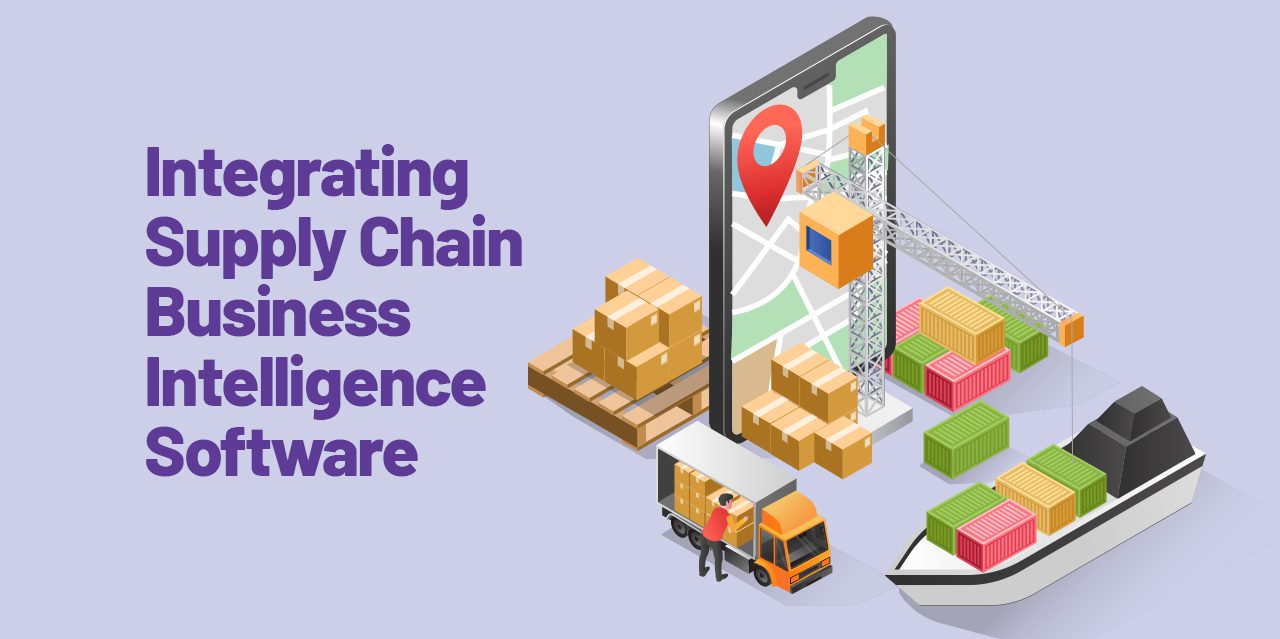Companies are turning to supply chain business intelligence software to better manage their supply chains. Although the integration of these programs may seem challenging at first, it doesn’t have to be.
By integrating supply chain business intelligence software into your existing system, you can improve supply chain performance and efficiency.
Following these steps makes it easy for you to get started with this kind of software.
Do Your Due Diligence
The most important thing to consider when selecting business intelligence software is the features that are important to you and your company. There are multiple types of software available, so it is critical to select one that is right for you.
For instance, a supply chain business may need inventory or order management software, while others may require financial analysis tools or customer relationship management (CRM) modules. Research what is available and make a list of the features you need before purchasing.
Many companies now offer free trials of their software, so be sure to take advantage of these offers and test out several different products before deciding on one. The right business intelligence software can help your company become more efficient and profitable.
When choosing business intelligence software, be sure to consider the following:
- The features you need
- The size of your company
- Your budget
- The type of supply chain you operate
- How often you will use the software
- Whether you need training or support to use the software correctly.
Plan Out Integration
Following the identification of your software, you need to determine how to integrate it with your supply chain management system. This can vary depending on the type of software and the existing system in place.
Usually, the business intelligence software will be integrated into the supply chain management system through a data feed.
Essentially, the software will periodically send data to the supply chain management system so that it can be processed and used for decision-making. The frequency of this data transfer depends on the type of software and your business needs.
Businesses may also need to integrate business intelligence software with other systems, such as enterprise resource planning (ERP) or customer relationship management (CRM).
If this is the case, you may have to work with a developer to create custom integrations between these systems.
Most of the time, this isn’t necessary unless there are specific requirements that can’t be met through a standard data feed integration.
Setting Everything Up
As soon as you determine how the business intelligence software will be integrated into your supply chain management system, you will need to set it up and configure it for your particular requirements.
The type of software and features that it offers can affect how this process works. Luckily, most business intelligence software is user-friendly and simple to set up.
Once everything is in place, you can use the business intelligence software to make better decisions about your supply chain. With this information, you can optimize your operations and improve your bottom line.
Testing, Testing, Testing
The main agenda after setup is to test your software to ensure that it works correctly. This includes testing the data feeds and ensuring that the data is being processed correctly by the supply chain management system.
This is essential for supply chain businesses and business intelligence software, which need to function properly in order to run smoothly. It is also a good idea to prepare some test data so you can see if your algorithms are working correctly.
Once you have verified that everything works as expected, you can start using the business intelligence software to help manage your supply chain more effectively.
Analyze Your Data
Then, you can begin analyzing this data to improve your supply chain management process. The analysis of both systems will allow you to identify areas where your supply chain is not performing as efficiently as it could.
Many factors may be to blame, such as incorrect inventory levels, poor communication between supply chain partners, or inefficiencies in the manufacturing process.
By using business intelligence software to analyze your supply chain data, you can identify these issues and take steps to rectify them. This will help to improve the efficiency of your supply chain and ultimately lead to increased profits for your business.
So if you’re not already using business intelligence software to monitor your supply chain, now is the time to start.
Conclusion
A supply chain is a complex network of companies and organizations that work together to provide products from the manufacturer to the consumer.
They’re made up of many parts, and each part handles its own tasks. To ensure the supply chain runs smoothly, each part must share information and be able to communicate with the other parts.
This explains why supply chain business intelligence software is so vital for growth, sustainability, and customer satisfaction.
Using BI software, businesses can collect, analyze, and share information about the supply chain. Then, they can use this information to make better business decisions and improve the efficiency of the supply chain.
Supply chain business intelligence software is an excellent tool for businesses looking to improve their supply chain. This software can help businesses to collect and share information about the supply chain, and to make better decisions.
Looking for the right software development partner? RTS Labs has helped hundreds of businesses of all sizes successfully develop the right outsourced custom software for many business needs. Get in touch with us today to learn more about how we can help.






